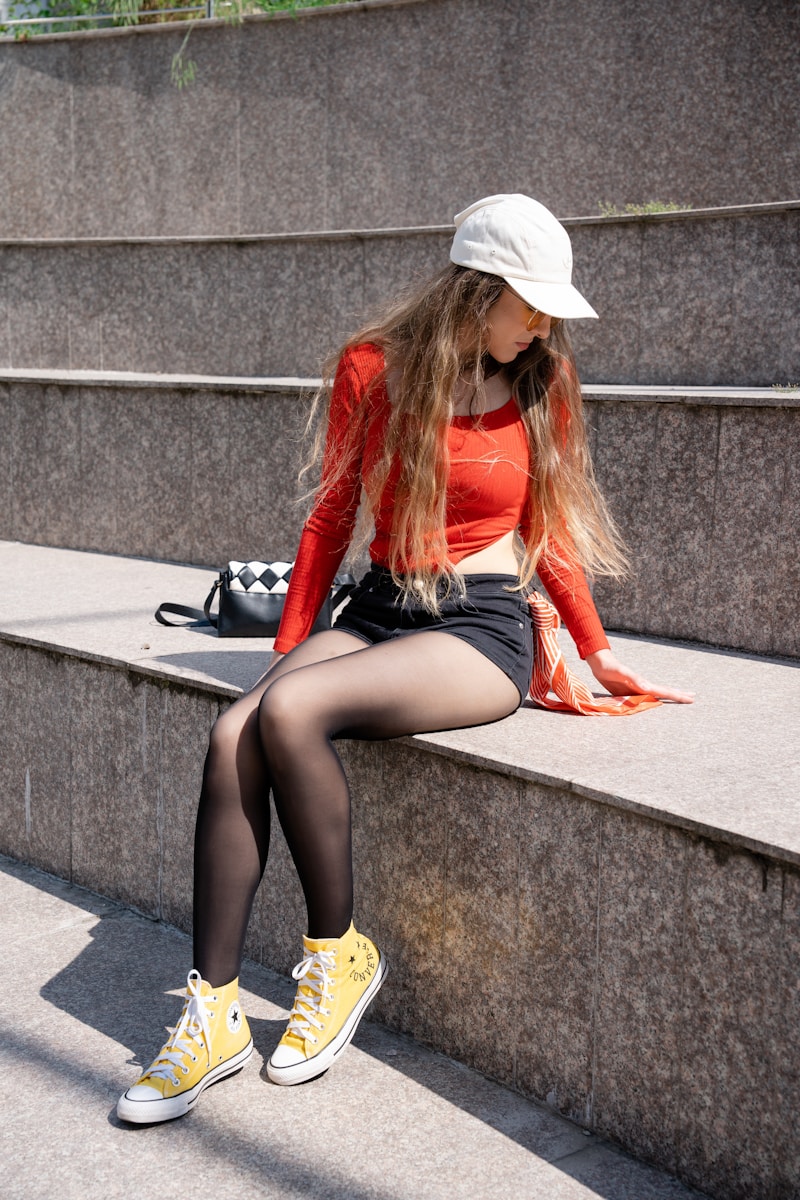When it comes to fashion, prints are a timeless way to express individuality, creativity, and boldness. From floral to stripes, polka dots to animal prints, the world of patterns is vast, offering endless possibilities for how to dress. But one of the most exciting yet challenging aspects of styling prints is knowing how to mix them without looking overdone or chaotic. The art of combining different prints lies in achieving balance, cohesion, and a sense of harmony. In this essay, we will explore the essential tips and techniques for mixing prints effectively, transforming your wardrobe into a canvas of stylish, well-curated looks.
- Understand the Foundation: Different Types of Prints
Before diving into the practicalities of mixing prints, it’s essential to understand the different types of prints and patterns available. Each print carries its own distinct visual identity, which will play a significant role in how well they complement one another. Broadly speaking, prints can be classified into the following categories:
Geometric Prints: This category includes sharp, defined shapes like stripes, chevrons, and grids. Geometric prints tend to feel modern and structured, offering a sense of order to any ensemble.
Floral Prints: These prints range from delicate small blooms to bold, oversized florals. They are often romantic and whimsical, but when paired with the right patterns, they can offer a sophisticated edge.
Animal Prints: Leopard, zebra, snake, and other animal-inspired patterns offer a more dramatic and fierce vibe. Animal prints have a rich history in fashion, often associated with luxury and exoticism.
Abstract and Artistic Prints: These prints can include splashes of color, brushstroke patterns, or graphic designs. Abstract prints add an element of creativity and playfulness to any outfit.
Plaid and Checks: These prints are timeless classics, often linked to preppy styles or heritage fashion. They have a structured feel and can range from subtle to bold, depending on the size and colors used.
Understanding these categories will allow you to identify how different prints work together based on their visual weight, size, and overall mood. A striped blouse might pair seamlessly with a floral skirt, while a checkered shirt could clash with a chaotic abstract print. The key is in balancing their characteristics.
- Start with a Common Color Palette
The easiest and most foolproof way to mix prints is to start with a shared color palette. When two patterns share a similar color, they are more likely to work together. For instance, pairing a floral print with a striped pattern can seem intimidating, but if both patterns incorporate similar hues, the contrast will feel deliberate rather than haphazard. A navy blue floral dress can look effortlessly chic when paired with a white-and-navy striped jacket.
When selecting prints, keep the following points in mind:
Neutral tones: Neutral colors like black, white, beige, or gray serve as a great base for prints, allowing them to shine without competing.
Contrasting hues: Contrasting colors, such as a vibrant red and a soft pink, can create a bold and eye-catching effect when paired correctly.
Similar tones: Using tones from the same color family, such as various shades of blue, can create a harmonious, layered look that’s visually interesting but not overwhelming.
By focusing on a common color palette, you can successfully mix prints while maintaining a sense of visual unity.
- Play with Print Proportions
When mixing prints, the size of the patterns plays a crucial role in achieving a balanced look. Combining prints of similar size can be overwhelming, making the outfit look too busy. Instead, aim for a contrast in scale, where one pattern is larger and the other smaller. For example, pairing a large floral print with a smaller geometric design (such as tiny polka dots or stripes) allows both prints to stand out without competing for attention.
Large prints: These are typically bold and eye-catching, so they should be used sparingly. A large floral blouse paired with a more neutral bottom, such as solid-colored trousers or a simple skirt, keeps the outfit from feeling chaotic.
Small prints: Small patterns work well as accent pieces in an outfit. For example, a pair of polka dot shoes can add interest to an outfit without clashing with the larger prints of a floral dress.
By playing with different proportions, you can create a visually striking look without the risk of looking overdone. A good rule of thumb is to anchor the outfit with a large print and introduce smaller prints as accents, creating a focal point without overwhelming the senses.
- Stick to One Dominant Print
When mixing prints, it’s often best to have one dominant pattern that serves as the focal point of the outfit. This dominant print can be a bold, oversized floral or a striking geometric pattern, while the secondary print should play a supporting role. This technique ensures that the outfit doesn’t feel cluttered and that there’s a clear visual hierarchy.
For example, if you wear a large, bold animal print jacket, you can pair it with a subtle plaid or stripe pattern underneath, such as a striped shirt or checkered pants. The key is to ensure that the secondary print does not fight for attention, but rather complements the primary print.
This approach allows for creativity while maintaining an element of control. Having a dominant print ensures that the outfit doesn’t become a mishmash of competing patterns, but instead comes together cohesively.
- Use Solid Pieces to Break Up the Prints
A simple but effective technique for balancing mixed prints is to incorporate solid-colored pieces that break up the patterns. This helps to give the eyes a moment of rest and ensures that the look doesn’t feel too overwhelming.
For instance, if you’re wearing a combination of a floral top and a geometric skirt, adding a solid-colored blazer or jacket in a complementary tone can help ground the outfit. Similarly, pairing patterned pants with a solid blouse or shirt provides structure and creates a refined contrast.
Solid-colored accessories, such as a handbag, shoes, or belt, can also help to break up busy prints. By strategically using solids, you allow the prints to shine without feeling overdone.
- Experiment with Different Textures
Another way to mix prints without looking overdone is to experiment with different textures. The tactile contrast between fabrics such as silk, denim, leather, and knit can help create visual interest, even if the prints themselves are relatively simple. For example, pairing a floral print silk blouse with a plaid wool skirt creates a multi-dimensional outfit that plays with both texture and pattern, giving depth and richness to the overall look.
Textures are often an underappreciated element of fashion, but they can be just as impactful as prints. By mixing prints in different textures, you can elevate your style while maintaining a sense of balance.
- Don’t Be Afraid to Break the “Rules”
Fashion, like art, is often about breaking the rules and expressing personal creativity. While the guidelines for mixing prints can provide a helpful starting point, don’t be afraid to push boundaries and experiment. The most memorable outfits are often those that confidently mix unexpected prints and patterns.
If you love animal prints and want to pair them with stripes or even florals, go ahead and experiment. The key is to wear the outfit with confidence. When you feel good in what you’re wearing, that confidence will shine through and make any combination of prints look intentional and stylish.


